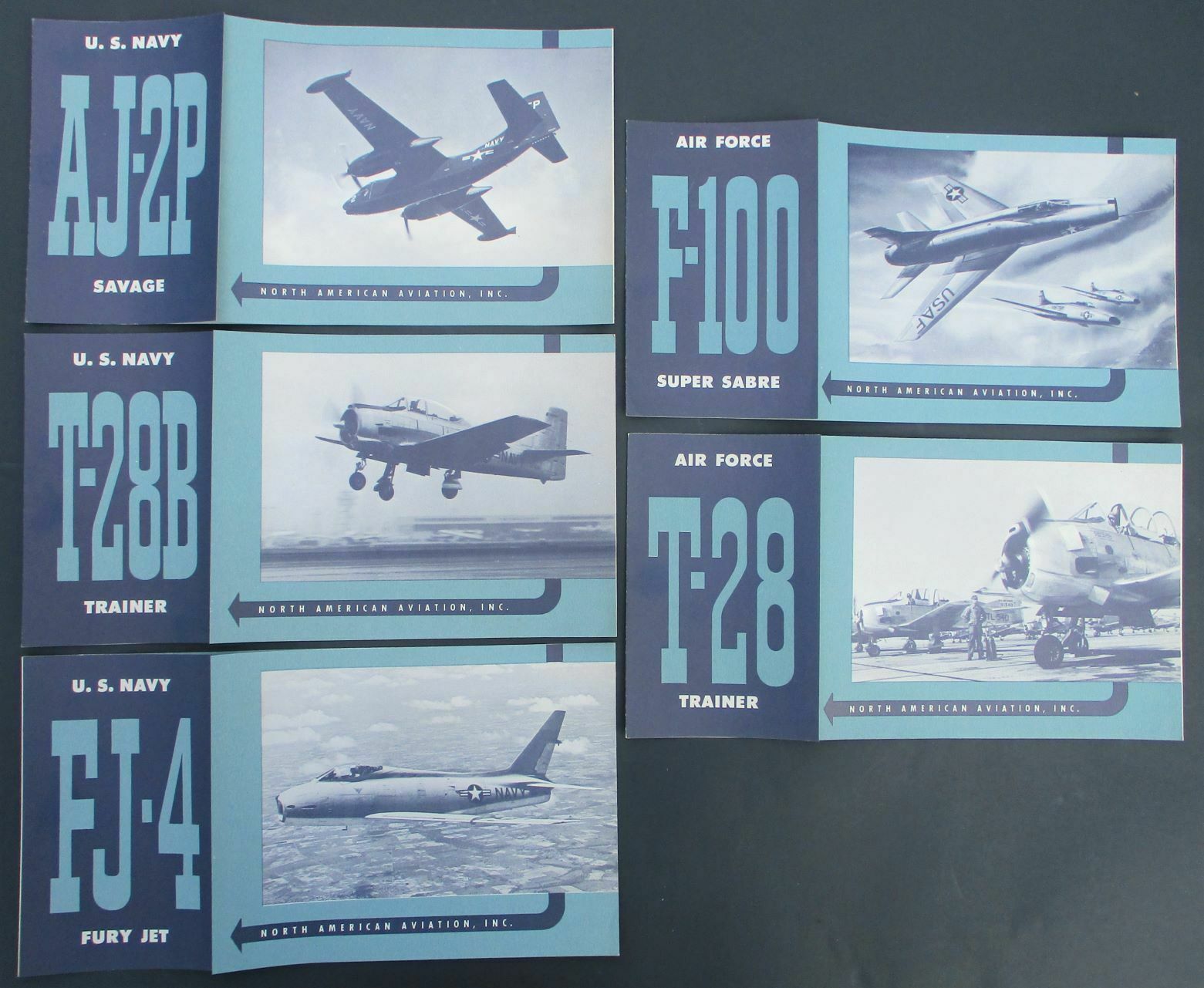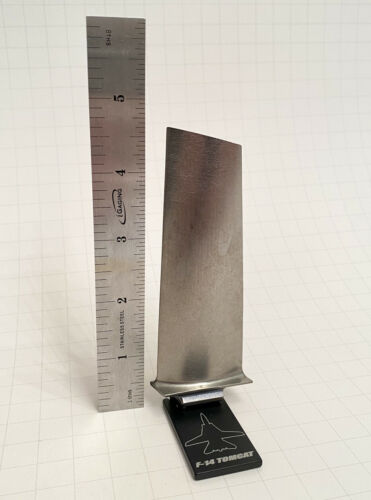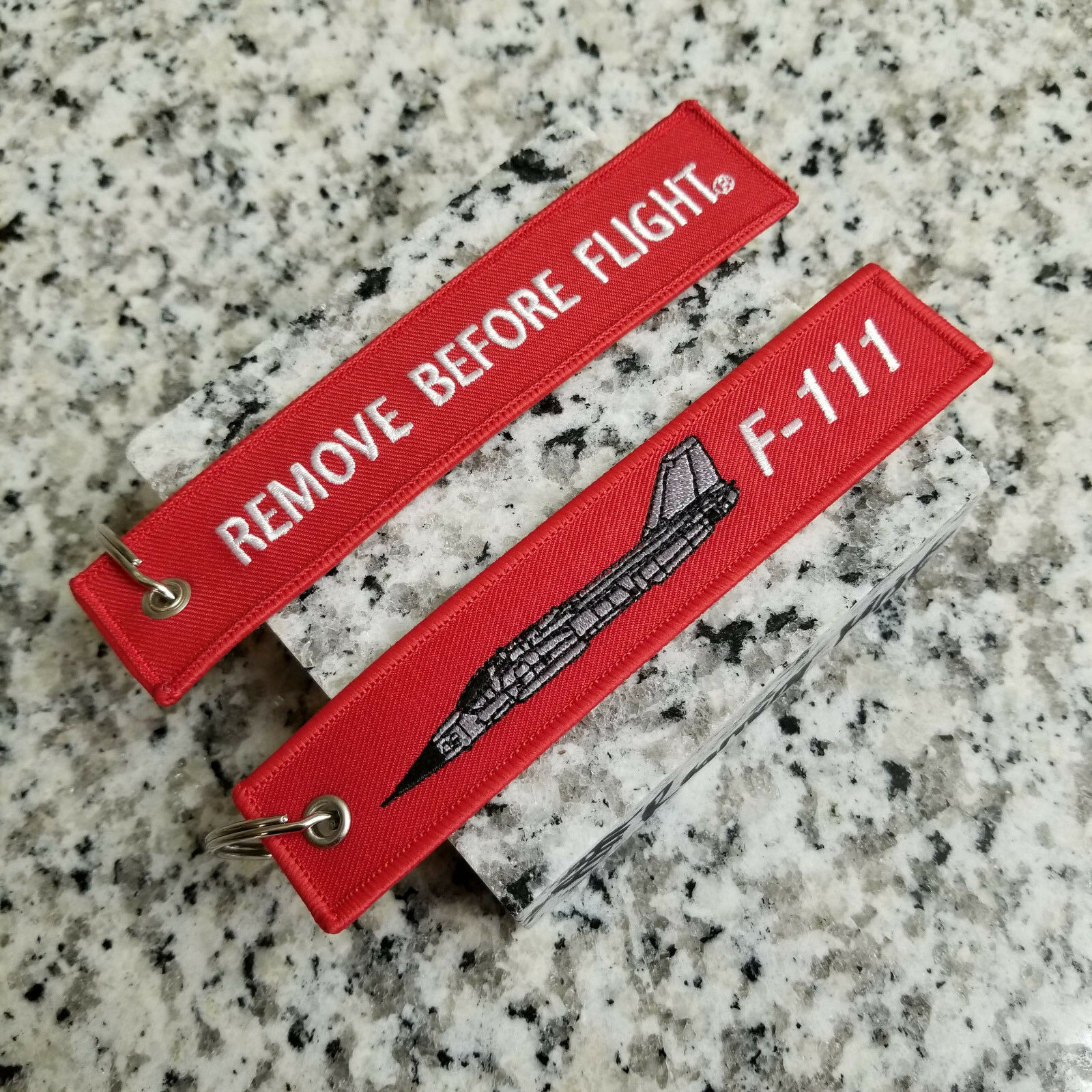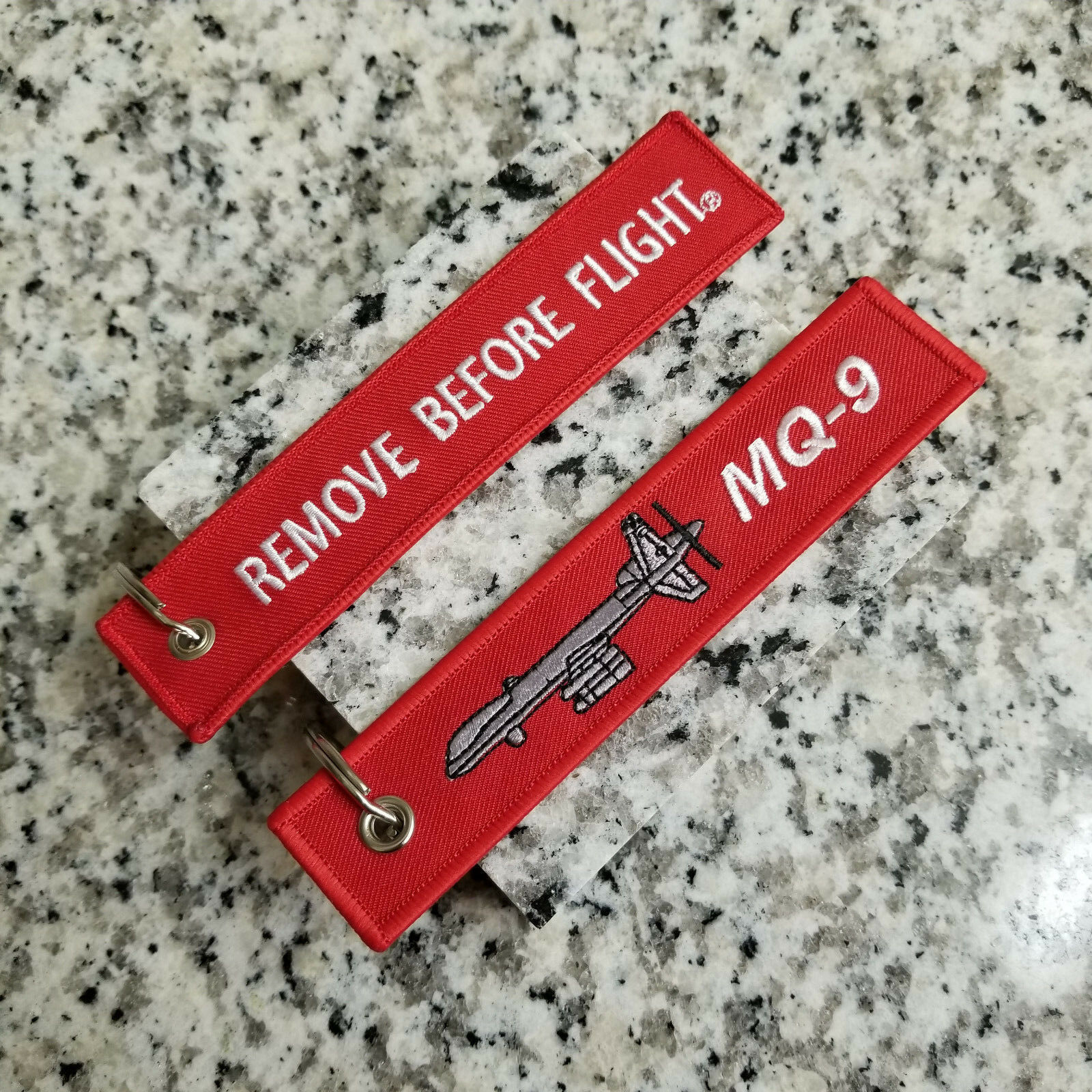-40%
5 OLD 1950s AIRCRAFT BROCHURES ~ NORTH AMERICAN AVIATION ~ FURY, SAVAGE & SABRE
$ 3.42
- Description
- Size Guide
Description
5 OLD 1950s AIRCRAFT BROCHURES ~ NORTH AMERICAN AVIATION ~ FURY, SAVAGE & SABRE AIRCRAFTThis week on EBay we are offering up this nice group of 5 different promotional pamphlets from North American Aviation (NAA). These were promotional items sent out to representatives in the aviation industry to promote the various military planes they were developing at the time in the mid 1950s.
These are a fascinating glimpse at the cutting edge of military jet airplanes of the 1950s and are very rare to find today. There weren’t many of these made and few have survived. This is a nice group of 5 different pamphlets that I’ve had in my collection for many years.
Each little pamphlet is a nicely printed 2-sided tri-fold, in blue, green and white, with the name of the plane, pictures, a short write-up of its history and service record, and a 3-view silhouette of the plane’s profile. At the far left of each pamphlet, it a cut-out, pyramid-shaped little paper marker of each different plane that you can assemble.
These are printed very nicely, folded neatly, and are wonderful little advertisements for North American Aviation’s fighter planes.
There are 5 different pamphlets in this lot:
F-100 SUPER SABRE JET AIRCRAFT
FJ-4 FURY JET FIGHTER AIRCRAFT
AJ-2P SAVAGE RECONAISSANCE AIRCRAFT
T-28 TROJAN TRAINER AIRCRAFT
T-28B TROJAN TRAINER AIRCRAFT
They are all in fantastic, clean, bright condition. As new. No marks, writing, fading or damage.
~~~
SHORT HISTORY OF NORTH AMERICAN AVIATION
North American Aviation built some of the most iconic cold war airplanes of the mid 1950s; The Fury, The Savage and the Super Sabre.
NAA also served a big part during WWII by making trainers, the P-51 Mustang fighter, and the B-25 Mitchell bomber. All classic planes of the war years. In later years, they went on to develop the F-86 Sabre jet fighter, the X-15 rocket plane, the XB-70 and the iconic B-1 Lancer Bomber.
They were active in the Aerospace industry helping build the Apollo command and service module, the second stage of the Saturn V rocket, and the Space Shuttle orbiter.
After the tragic Apollo 1 fire in 1967, NAA was felt to be partially to blame and the company soon lost customers and revenue. Through a series of mergers and sales, North American Aviation became part of North American Rockwell, which later became Rockwell International and is now part of Boeing.
~~~
North American Aviation started business in the 1920s by buying up various small airlines and aviation-related companies but then became a manufacturing company. The Company was first headquartered right here in Dundalk/Baltimore but soon moved to Los Angeles where the weather for flying was better.
They started out by building Trainer aircraft. By 1940, like other manufacturers, North American started gearing up for war. They started cranking out the T-6 Texan trainer, the most widely used pilot trainer ever.
Eventually North American Aviation started cranking out the twin-engine B-25 Mitchell bomber and the P-51 Mustang fighter.
The P-51 was initially supposed to be made for England, but the story goes that they didn’t like the engine. A suggestion by the RAF that North American switch the P-51's powerplant from its original Allison engine to the Rolls-Royce Merlin engine may have been one of the most significant events in World War II aviation, as it transformed the P-51 into what many consider to be the best American fighter of the war.
After V-J Day, NAA, like most aircraft companies lost most of its orders for planes and had to scramble to reinvent itself. NAA continued on by coming up with new designs, including the T-28 Trojan trainer and attack aircraft, the FJ Fury fighter, AJ Savage fighter, and the revolutionary XB-70 Valkyrie Mach-3 strategic bomber.
The Columbus, Ohio division of North American Aviation was instrumental in the development and production of the F-86 Sabre, which started out as a redesigned Fury and achieved fame shooting down MiGs in the Korean War. Over 9,000 F-86s were produced. Its successor, the North American F-100 Super Sabre, was also popular.
After the war, NAA started its ‘Atomics International’ division and worked on early development of nuclear technology and nuclear reactors for both commercial and government applications. NAA also branched out into missile navigation, guidance, and radar.
NAA was involved with developing the Navaho missile program and was involved in the development of guidance systems for the Minuteman ballistic missile system.
In 1955, NAA expanded into the ever growing ‘Space Race’ field. Rocketdyne became
a division of NAA that furnished engines for the Redstone, Jupiter, Thor, Delta, and Atlas missiles, and for NASA's Saturn family of launch vehicles.
They started to focus on the space program and the company became the prime contractor for the Apollo command and service module, the ‘Little Joe II’ rocket to test Apollo's launch escape system, and the S-II second stage of the Saturn V.
Later, they went on to develop the Space Shuttle and are still involved in designing equipment for Space Flight.
~~~
There are 5 different North American Aviation pamphlets in this group:
T-28 TROJAN TRAINER AIRCRAFT
T-28B TROJAN TRAINER AIRCRAFT
AJ-2P SAVAGE RECONAISSANCE AIRCRAFT
F-100 SUPER SABRE JET AIRCRAFT
FJ-4 FURY JET FIGHTER AIRCRAFT
~~~
T-28 TROJAN TRAINER AIRCRAFT ~ T-28B TROJAN TRAINER AIRCRAFT
The North American Aviation T-28 and T-28B Trojan were both very popular trainer aircraft, used extensively by both the Air Force and the Navy. The T-28 was the U.S. Air Force version with an 800 hp Wright radial engine. The T-28B was the U.S. Navy version with a 1,425 hp Wright radial engine with a three-blade propeller.
The T-28’s were single engine, piston-fired aircraft. Its first flight was in 1949 and it was used extensively through the 1950s. It was designed as the replacement for the classic T-6 Texan trainer.
Many of the T-28s were stationed at Naval Air Station Whiting Field in Milton, Florida, and used to train student naval aviators.
A famous story of the T-28 is when one was handed over to the North Vietnamese in 1963. A Royal Lao Air Force T-28 piloted by Lieutenant Chert Saibory, a Thai national, defected to North Vietnam. Within 6 months, the North Vietnamese were cranking out fighter planes based on that one isolated T-28.
Many T-28s were supplied to the Republic of Vietnam Air Force (RVNAF) in support of ARVN ground operations, seeing extensive service during the Vietnam War.
The T-28B was the primary ground attack aircraft of Khmer Air Force in Cambodia during the war there, largely provided from the U.S. and maintained by Air America.
Besides its use as a trainer, the T-28 was successfully employed as a counter-insurgency aircraft, primarily during the Vietnam War.
T-28s were used by the CIA in the secret war in Laos and in the former Belgian Congo during the 1960s.
Its use was phased out by the late 50s and the T-28 was then used for training of special operations aircrews and for primary training of select foreign military personnel.
~~~
F-100 SUPER SABRE JET AIRCRAFT
The North American F-100 Super Sabre was an American supersonic jet fighter aircraft that served with the United States Air Force, starting in 1954. It was the first USAF fighter capable of supersonic speed in level flight.
The F
‑
100 was designed by North American Aviation as a higher performance fighter-bomber follow-up to the F-86 Sabre fighter. The F
‑
100 flew extensively over South Vietnam as the air force's primary close air support jet.
Pilots often referred to it as the ‘Hun’, a shortened version of "one hundred".
In January 1951, North American Aviation proposed a supersonic day fighter to the United States Air Force.
Initially named the ‘Sabre 45’ because of its 45° wing sweep, it represented an evolution of the F-86 Sabre. After some tweaking and modifications, the new titanium aircraft was accepted as the F-100 and prototypes were built in early 1952. The aircraft first flew in the summer of 1953, ahead of schedule. It reached Mach 1.04. After further tweaking, it went into production in 1953.
It turned out to have significant stability issues, killing NAA’s chief test pilot in 1954, and i’s instability became known in the industry as the "Sabre dance".
Despite its issues, the U.S. Tactical Air Command put the plane into service. They requested that any future F-100s be fighter-bombers, with the capability of delivering nuclear bombs.
The F-100A officially entered USAF service in the fall of 1954, but major accidents caused them to be grounded until early 1955. Then were then used as a fighter-bomber for several years. Due to ongoing problems, the air force began phasing out the F-100 in 1958, with the last aircraft leaving active duty in 1961. By that time, 47 aircraft had been lost in major accidents.
Escalating tension due to construction of the Berlin Wall in August 1961 forced the USAF to reluctantly recall the F-100s into active service in early 1962. The aircraft was finally retired for good in 1970.
~~~
FJ-4 FURY JET FIGHTER AIRCRAFT
The North American FJ-4 Fury was a single-seat, swept-wing, carrier-capable, single jet engine fighter-bomber for the United States Navy and Marine Corps. It was powered by a Wright turbojet engine.
The FJ-4’s wing was much thinner than the previous FJ-3, with increased surface area and a different taper. It was made of panels milled from solid alloy plates giving it much more strength.
The FJ-4 was intended as an all-weather interceptor, a role that required considerable range on its own internal fuel, so it had 50% more fuel capacity than the FJ-3 and was lightened by omitting armor and reducing ammunition capacity.
A modified cockpit made the pilot more comfortable during the longer missions. It had a distinctive "razorback" rear deck.
The prototype first flew in the fall of 1954 and delivery started in 1955. Several of the original planes were modified as FJ-4B fighter-bomber versions.
The most important characteristic of the FJ-4B, however, was that it was capable of carrying a nuclear weapon. It was also equipped with the LABS or Low-Altitude Bombing System for the delivery of nuclear weapons.
With the new designation system adopted in 1962, the FJ-4 became known as the F-1E.
~~~
AJ-2P SAVAGE RECONAISSANCE AIRCRAFT
After the end of WWII, the Navy launched a competition to design a carrier-based bomber which could carry a 10,000-pound bomb.
NAA won the competition with its AJ Savage. A contract for three XAJ-1 prototypes was awarded in 1946. The plane would be adapted to accommodate the latest Mark 4 nuclear bomb. It made its maiden flight in the summer of 1948.
The AJ-1 was a three-seat, high-wing monoplane with tricycle landing gear. It was powered by two piston engines and a turbojet buried in the rear fuselage. It was fitted with two Pratt & Whitney Double Wasp piston engines, mounted in nacelles under each wing with a large turbocharger fitted inside, plus an Allison turbojet engine was fitted in the rear. To facilitate carrier based operations, the outer wing panels and the tailfin could be manually folded up.
It had many fuel tanks; a 200 Gallon tank in the fuselage, and 500 Gallon tanks located in each wing. 300 Gallon tip tanks and it could house three more fuel tanks in the bomb bay. Other than its 12,000-pound bombload, it was unarmed. It was basically a long-distance flying nuclear bomb.
The most significant difference between the XAJ-1 prototype and the production aircraft was the revision of the cockpit to accommodate a third crewman in a separate compartment.
By 1949 the AJ-1 was in service. The first carrier takeoff and landing made by the bomber took place from the USS Coral Sea in August 1950. The AJ-2 was a modified version with a slightly different tail design.
A photo-reconnaissance version of the Savage, designated as the AJ-2P, was ordered in August 1950. It had improved engines and a redesigned larger taller tail. The fuel capacity was also increased. The nose of the aircraft was remodeled with a prominent "chin" to accommodate a forward-looking oblique camera and a variety of oblique and vertical cameras could be fitted in the bomb bay. Photoflash bombs could be carried for night photography missions.
Several AJ-2’s were based in South Korea during 1953 as a deterrent against the Communists.
Around 1954, NATC modified the last surviving XAJ-1 to conduct inflight refueling tests using the new ‘probe’ method.
The bomber was replaced by the Douglas A3D Skywarrior beginning in 1957.
~~~
All in all, a nice group of rare military aircraft brochures or pamphlets from the mid-1950s. All produced by North American Aviation, Inc. A great addition to your collection.
~~~
Shipping cost within the lower 48 states is .00 on this item. If you would like insurance, or anything faster than Economy Mail, please let me know and I can arrange it for you. I’ll work with you to make sure you’re happy!
All items are packaged with sturdy cardboard mailers and filler pads. I take pride in my packaging and shipping and pack my items as if I were sending them to myself. I refuse to use cheap flimsy packaging material when sending my items. I treat them as if they were my own and mail them the same way.
I'm a 0ne-man operation, this is a hobby, not my job. I do this for fun. I do this because I love collecting and want others to share in that same experience. I take my time researching, grading, listing and packaging. I will NOT sell any items that I personally would not want in my collection.
My grading is fair and honest and I will ALWAYS refund you for anything you’re not happy with. I have had over 3,100 happy and satisfied EBay customers over the years and I have been buying/selling on Ebay for over 20 years, so please bid with confidence!
All orders are processed and shipped within 2 business days of receipt. We package and ship our items with the greatest care, using extra-thick packaging to ensure that your rare and collectible treasures arrive in pristine condition.
Payments can be made by any of the multiple new options that Ebay offers.
I will be happy to exchange feedback with anyone I complete a transaction with. If you would like to get feedback, I ask that you let me know we've completed the transaction by leaving feedback for me after you receive your item, at which time I will do the same for you!
















